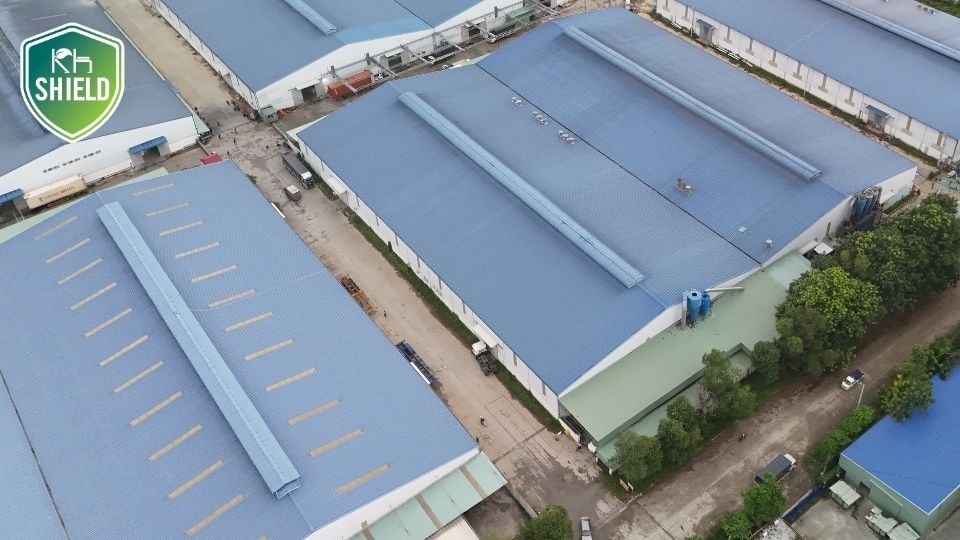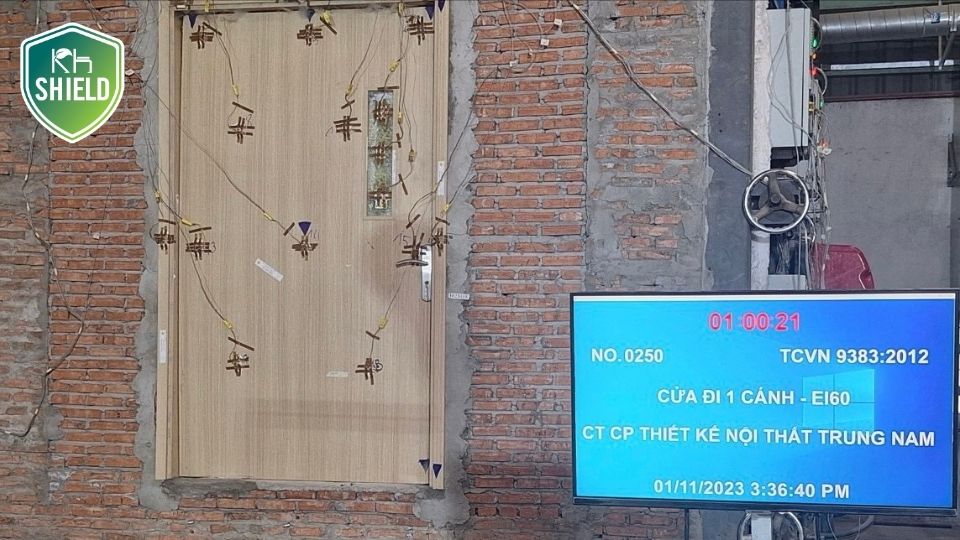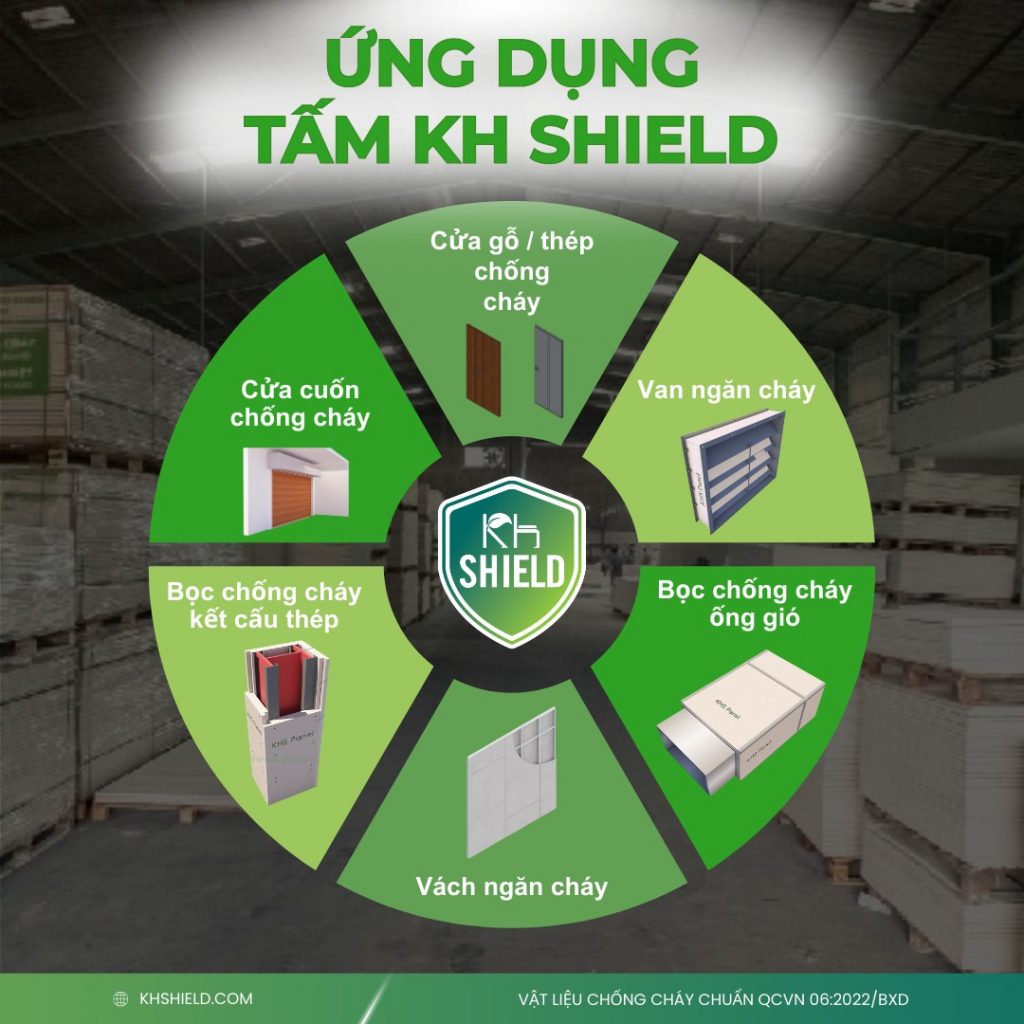
Thematic
Fire doors for factories: Standards and important notes
Fire safety is one of the top concerns in factory management, especially in the context of increasing industrialization and urbanization. Equipping fire doors for factories not only meets legal regulations but also ensures the safety of property and people in the event of a fire. This article will provide you with a comprehensive overview of fire door standards and important notes when choosing and installing for factories.

Notes on fire protection for factories
Fire doors standards for factories
Fire door are a type of door designed to prevent the spread of fire and smoke from one area to another for a certain period of time. To achieve this effect, the door must comply with strict technical standards.

EI60 standard door testing
Fire resistance standards of doors
NỘI DUNG BÀI VIẾT
- Fire resistance standards applied to fire door usually include:
- Materials for making fire door
- Fire Door Testing Standards
- Determine the level of fire risk
- Fire door installation locations
- Choosing the right door type
- Check certification and warranty
- Protecting people and property
- Compliance with the law
- Minimize economic losses
Fire resistance standards applied to fire door usually include:
- UL 10C standard (USA): This is one of the most popular standards in the world for the fire resistance of fire door. The door must withstand fire for a period of 30 minutes to 3 hours without deformation or loss of fire resistance.
- EN 1634 standard (Europe): This standard specifies requirements for mechanical strength, fire resistance, and tightness of fire doors. The door must be tested under high temperature fire conditions and must not allow fire and smoke to pass through during the test period.
- TCVN 9383:2012 standard (Vietnam): This is Vietnam’s national standard regulating fire doors, including requirements for design, materials, and fire resistance testing. According to this standard, fire doors must achieve a fire resistance time of 60 to 180 minutes, depending on the type of door and the requirements of the project.
Materials for making fire door
Fire doors can be made from many different materials, but the most common are fireproof panels, insulation panels in the inner layers of the door that help the door have a fire resistance capacity of 30 to 180 minutes, meeting EI fire resistance standards.
Fire Door Testing Standards
Doors must undergo rigorous testing to ensure their fire resistance. These tests typically include:
- Heat test: The door is placed in a high-temperature test furnace, simulating fire conditions. The door must maintain a tight seal and not allow fire to pass through during the test.
- Pressure test: Tests the door’s ability to withstand pressure under smoke and fire conditions. The door must prevent smoke from spreading through gaps.
- Mechanical strength test: Evaluates the door’s ability to resist impact and withstand force during opening and closing under high temperature conditions.
Important notes when choosing a fire door for a factory
When choosing a door for a factory, there are a number of important factors to consider to ensure maximum efficiency and safety.
Determine the level of fire risk
Before choosing a door, it is necessary to assess the level of fire risk in the factory. Chemical and explosive manufacturing plants often require doors with longer fire resistance times than storage areas or offices.
Fire door installation locations
Doors should be installed at strategic locations in the factory to prevent the spread of fire and smoke. These locations include:
- Exits: Ensure workers can safely escape in the event of a fire.
- Production areas: Especially areas where flammable and explosive substances are used, doors should be installed to prevent the spread of fire.
- Storage areas: Doors in storage areas help protect goods and prevent fire from spreading to other areas.
Choosing the right door type
Based on the level of risk and installation location, you need to choose the right door type:
- Fireproof steel doors: Suitable for areas that require high fire resistance and good mechanical strength, such as production areas and storage areas.
- Fireproof wooden doors: Suitable for areas with little exposure to high heat sources and requiring aesthetics, such as factory offices.
Check certification and warranty
Before purchasing a door, it is necessary to check the certifications of the product’s fire resistance and quality. Quality doors often have certifications from reputable testing organizations such as UL, EN, or TCVN. In addition, it is necessary to consider the warranty terms to ensure that the product always works well for a long time.
Benefits of using standard fire doors for factories
Using standard doors brings many important benefits, including:
Protecting people and property
Doors can help prevent the spread of fire and smoke, giving factory workers more time to escape and protecting property from burning down.
Compliance with the law
Using qualified doors helps businesses comply with state fire prevention and fighting regulations, avoid fines and minimize legal risks.
Minimize economic losses
In the event of a fire, doors can help minimize economic losses by limiting the spread of fire, protecting important areas and keeping production operations uninterrupted.

Project using KH Shield panel solution
Maintenance and Inspection
Fire doors need to be regularly maintained and inspected to ensure they operate properly:
- Check hinges and fittings: Make sure that hinges, handles and other fittings are not rusted, loose or damaged.
- Test tightness: Make sure the door closes tightly and has no gaps, especially at the joints between the door and the door frame.
- Functional testing: Perform door opening and closing tests to ensure the door operates smoothly and is not stuck.
Update the latest topic
Update highlights

Consultation on fire and explosion prevention solutions














